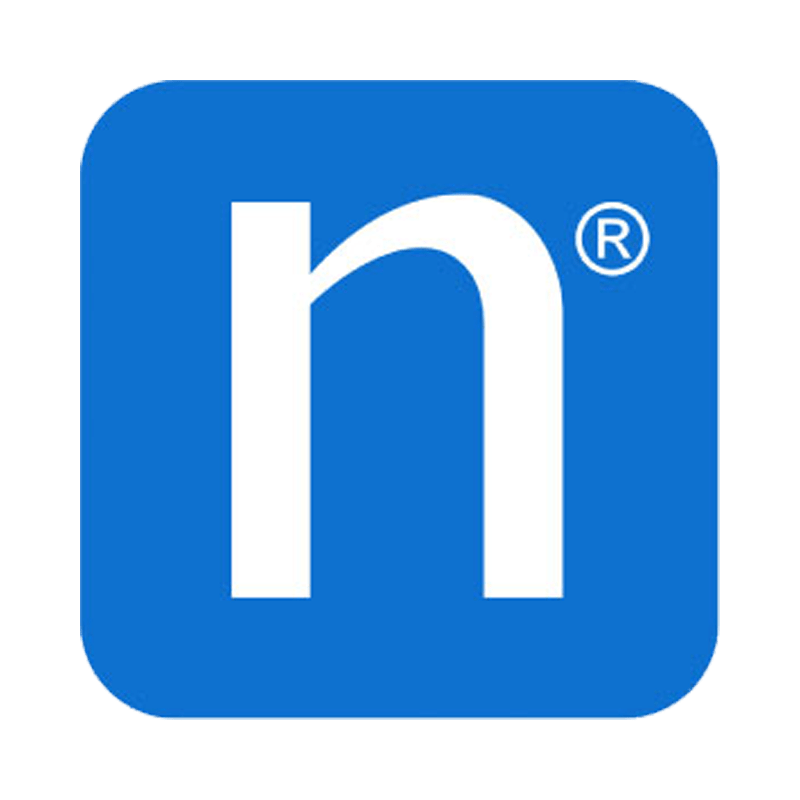
diat and recipes
Vegan, Vegetarian Diets
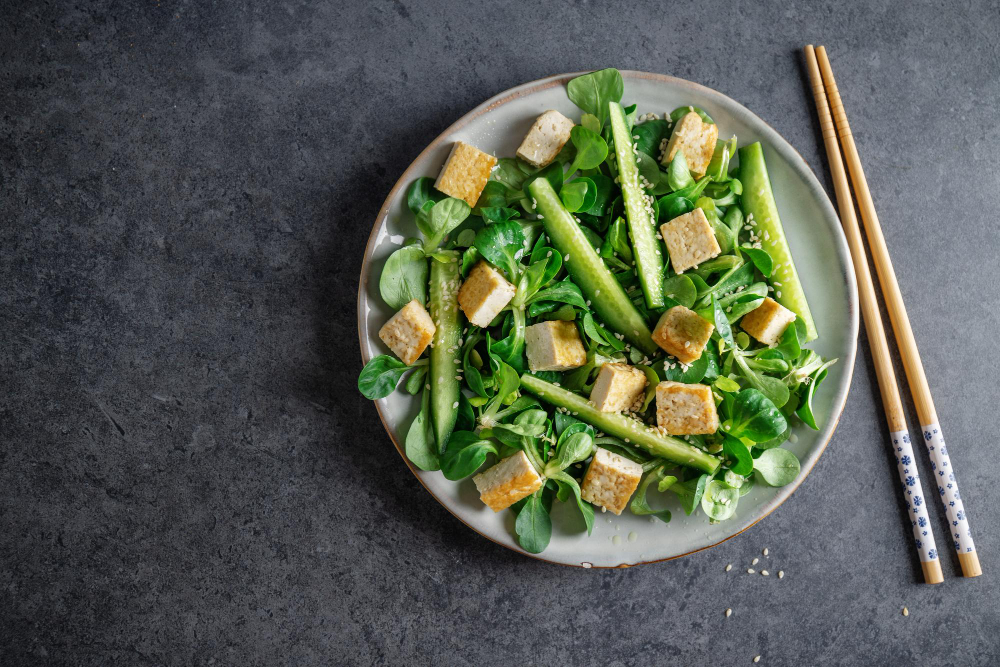
Disadvantage can be such as
- Low protein intake
- Low fat intake
- A vegan diet may lack some of the critical nutrients required for the body, such as protein, vitamin B-12, omega 3 fatty acids, zinc, and iron
Tofu, tempeh, and edamame
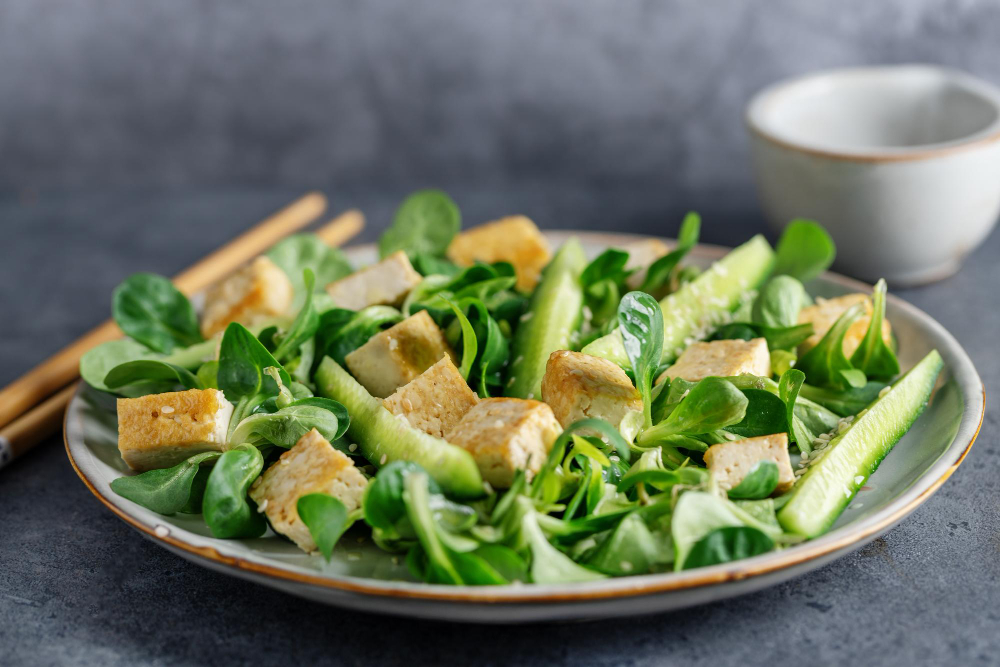
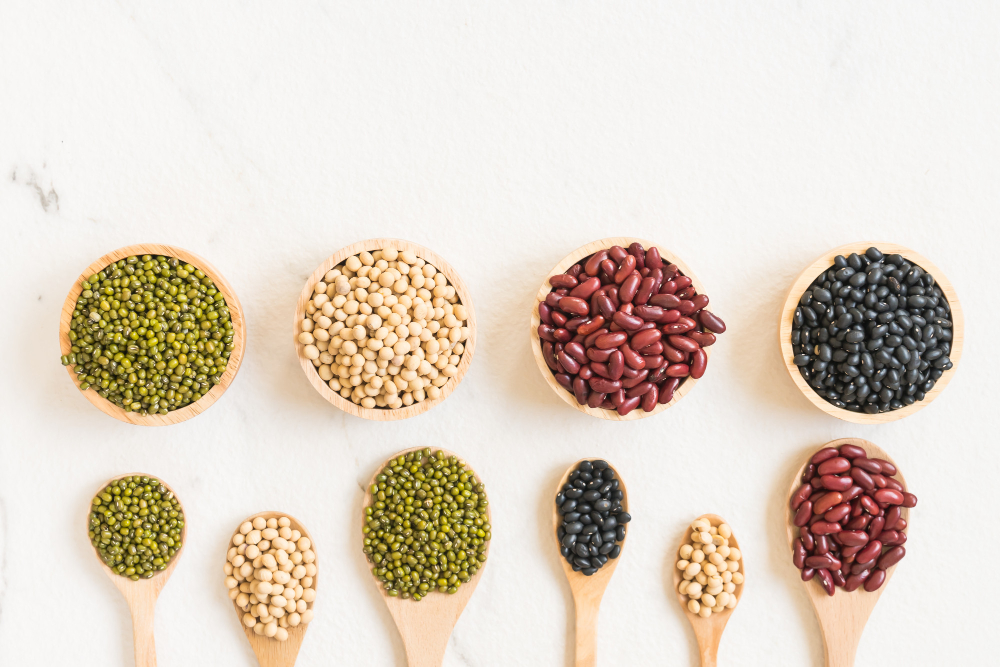
Lentils
Beans

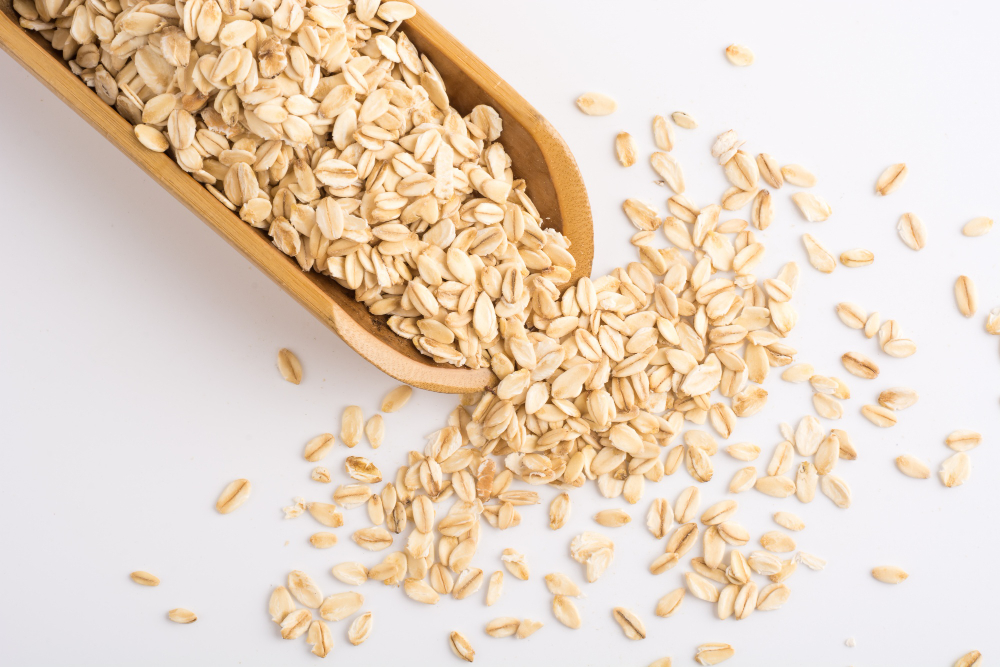
Oats and oatmeal
Green peas
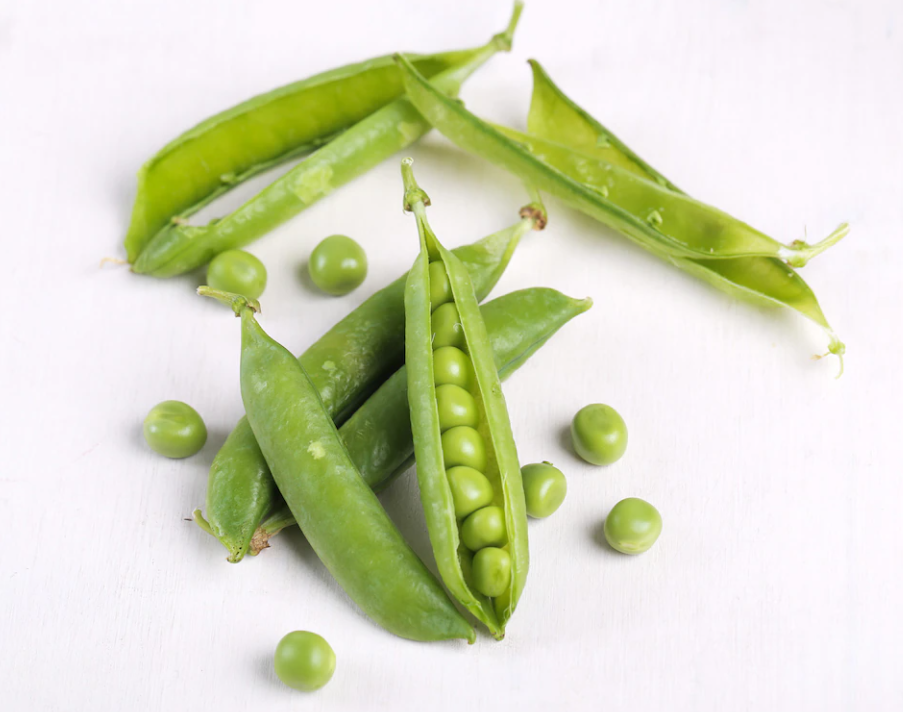
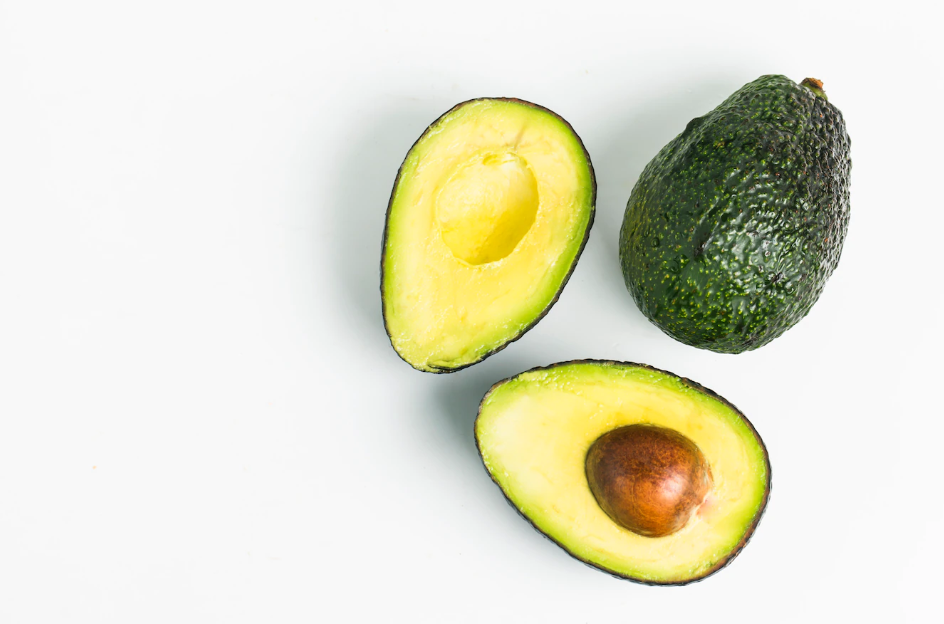
Avocado & Nuts
Avocados are as nutritious as they are delicious. These creamy, tender fat-bombs are composed of 77% fat, with the majority of it being monounsaturated fat. And one medium avocado will not only provide you with 21 grams of fat but also twice the potassium of a banana.
Nuts are one of the best sources of fat in a vegan diet. Walnuts, almonds, pistachios, pecans, brasil nuts cashew nuts are great as they’re rich in fats and good sources of omega-3 and omega-6 fatty acids and other minerals. Including nuts in your diet, is a great idea.
Chia Seeds
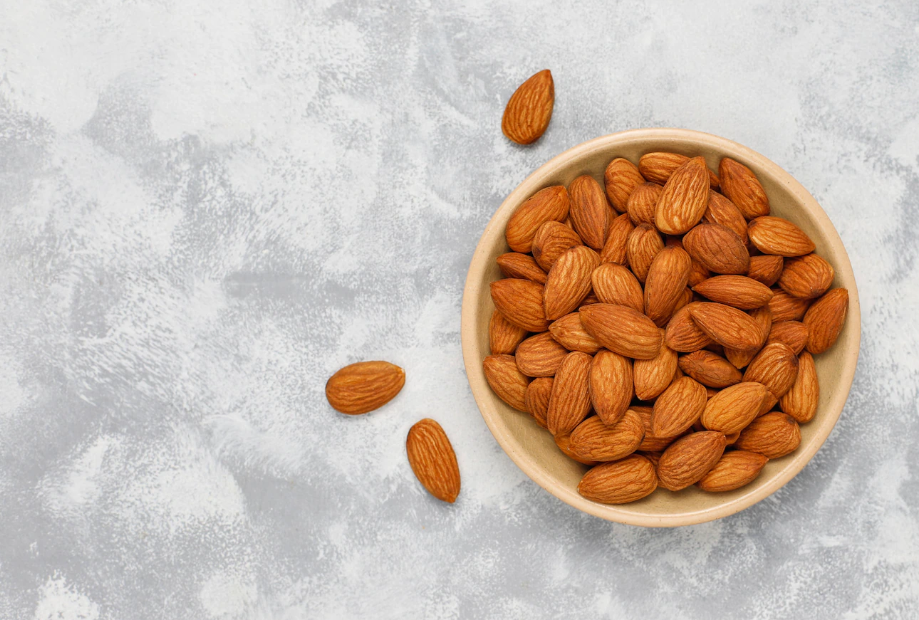
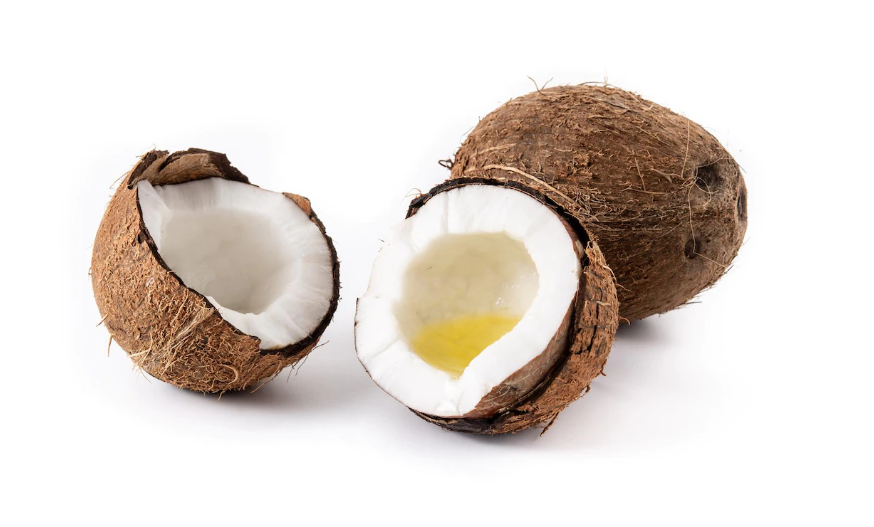
Coconut and coconut oil
Extra Virgin Olive Oil
Olive oil is very high in monounsaturated fats and contains a modest amount of vitamins E and K. Extra virgin olive oil is also loaded with antioxidants, some of which have powerful health benefits.
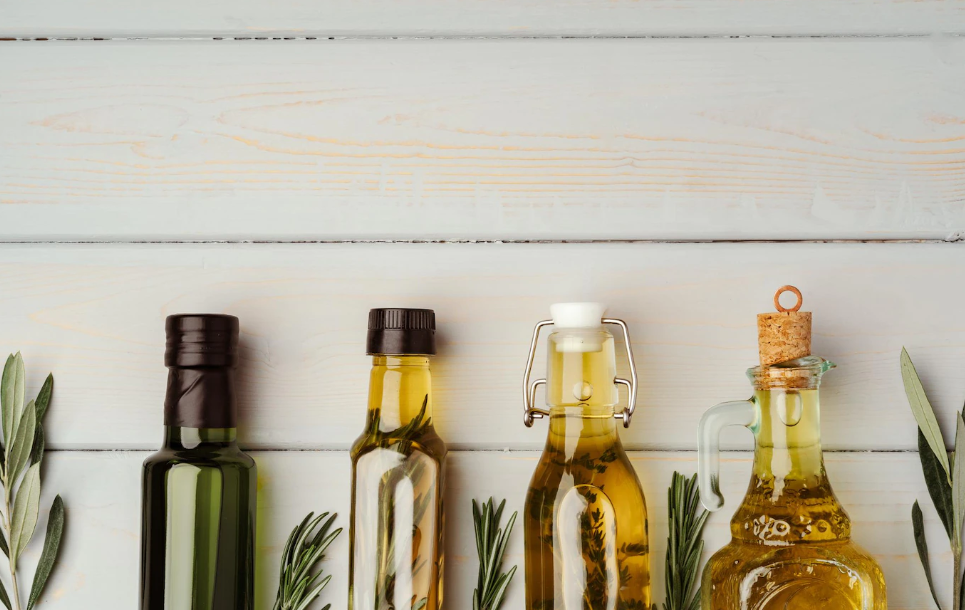
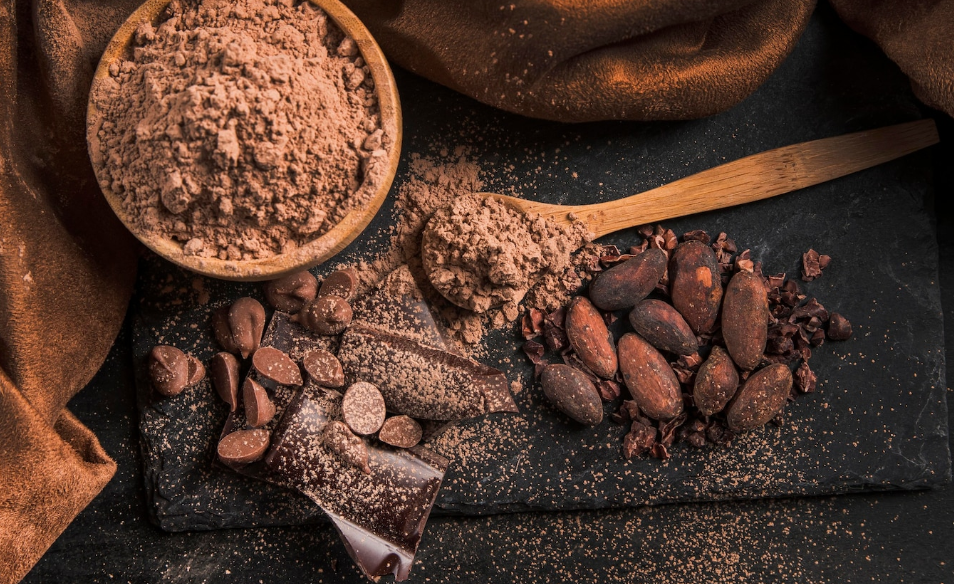
Dark Chocolate
Flaxseeds
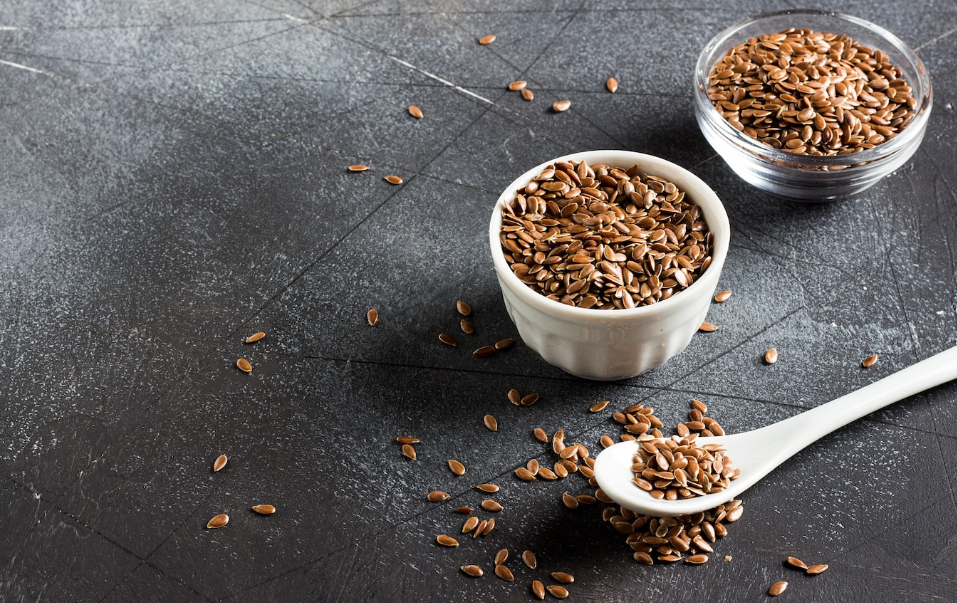
Supplementation
Common Nutrient Deficiencies on a Vegan Diet/Vegetarian Diet which can require supplementation
- Protein (Nutriversum Vegan Pea and rice protein)
- Omega-3 (non-fish eaters will need to supplement –EPA/DHA)
- Vitamin B12
- Vitamin D
- Calcium ( issue for non-dairy consumers)
- Iron (all non-red meat eaters; female vegan endurance athletes at high risk of anemia)
- Zinc (potential problem for vegans)
- Iodine (potential issue for non-seafood/dairy/egg eaters)
Keep in mind that the more restrictive your diet is, the more challenging it can be to get all the nutrients you need. A vegan diet, for example, eliminates natural food sources of vitamin B-12, as well as milk products, which are good sources of calcium.
Types of vegetarian diets
- Lacto-vegetariandiets exclude meat, fish, poultry and eggs, as well as foods that contain them. Dairy products, such as milk, cheese, yogurt and butter, are included.
- Ovo-vegetariandiets exclude meat, poultry, seafood and dairy products, but allow eggs.
- Lacto-ovo vegetariandiets exclude meat, fish and poultry, but allow dairy products and eggs.
- Pescatariandiets exclude meat and poultry, dairy, and eggs, but allow fish.
- Vegandiets exclude meat, poultry, fish, eggs and dairy products — and foods that contain these products.
Getting started
One way to transition to a vegetarian diet is to gradually reduce the meat in your diet while increasing fruits and vegetables. Here are a couple of tips to help you get started:
- Ramp up.Each week increase the number of meatless meals you already enjoy, such as spaghetti with tomato sauce or vegetable stir-fry. Find ways to include greens, such as spinach, kale, Swiss chard and collards, in your daily meals.
- Take favorite recipes and try them without meat. For example, make vegetarian chili by leaving out the ground beef and adding an extra can of black beans. Or make fajitas using extra-firm tofu rather than chicken. You may be surprised to find that many dishes require only simple substitutions.
- Branch out.Check the internet for vegetarian menus. Buy or borrow vegetarian cookbooks. Check out ethnic restaurants to sample new vegetarian cuisines. The more variety you bring to your vegetarian diet, the more likely you’ll be to meet all your nutritional needs.
To get the most out of a vegetarian diet, choose a variety of healthy plant-based foods, such as whole fruits and vegetables, legumes and nuts, and whole grains. At the same time, cut back on less healthy choices, such as sugar-sweetened beverages, fruit juices and refined grains. If you need help, a registered dietitian can assist you in creating a vegetarian plan that’s right for you.
Sample meal plan
Monday
- Breakfast:tempeh bacon with sautéed mushrooms, avocado, and wilted arugula
- Lunch: whole-grain pasta with lentil “meatballs” and a side salad
- Dinner: cauliflower and chickpea tacos with guacamole and pico de gallo
- Snacks:air-popped popcorn, kale chips, and trail mix
Tuesday
- Breakfast:coconut yogurt with berries, walnuts, and chia seeds
- Lunch: baked tofu with sautéed red cabbage, Brussels sprouts, and herbed couscous
- Dinner: mushroom lentil loaf with garlic cauliflowerand Italian green beans
- Snacks:bell peppers with guacamole, fruit leather, and seaweed crisps
Wednesday
- Breakfast:sweet potato toast topped with peanut butter and banana
- Lunch: tempeh taco salad with quinoa, avocados, tomatoes, onions, beans, and cilantro
- Dinner: oat risotto with Swiss chard, mushrooms, and butternut squash
- Snacks:mixed berries, vegan protein shake, and walnuts
Thursday
- Breakfast:eggless quiche with silken tofu, broccoli, tomatoes, and spinach
- Lunch: chickpea and spinach curry with brown rice
- Dinner: Mediterranean lentil salad with cucumbers, olives, peppers, sun-dried tomatoes, kale, and parsley
- Snacks:roasted edamame, sliced pear, and energy balls made from oats, chia seeds, nut butter, and dried fruit
Friday
- Breakfast:overnight oats with apple slices, pumpkin seeds, cinnamon, and nut butter
- Lunch: black bean veggie burger with steamed broccoli and sweet potato wedges
- Dinner: mac and “cheese” with nutritional yeast and collard greens
- Snacks:pistachios, homemade granola, and coconut chia puddin
Saturday
- Breakfast:breakfast skillet with tempeh, broccoli, kale, tomatoes, and zucchini
- Lunch: garlic-ginger tofu with stir-fried veggies and quinoa
- Dinner: bean salad with black-eyed peas, tomatoes, corn, bell peppers, and onions
- Snacks:roasted pumpkin seeds, frozen grapes, and celery with almond butte
Sunday
- Breakfast:whole-grain toast with avocado and nutritional yeast alongside a vegan protein shake
- Lunch: lentil chili with grilled asparagus and baked potato
- Dinner: vegetable paella with brown rice, onions, tomatoes, bell peppers, artichoke, and chickpeas
- Snacks:almonds, fruit salad, and carrots with hummus


